Serving 2,104 students in grades Kindergarten-12, Providence Hall ranks in the bottom 50% of all schools in Utah for overall test scores (math proficiency is bottom 50%, and reading proficiency is bottom 50%).
The percentage of students achieving proficiency in math is 28% (which is lower than the Utah state average of 39%). The percentage of students achieving proficiency in reading/language arts is 33% (which is lower than the Utah state average of 43%).
The student:teacher ratio of 17:1 is lower than the Utah state level of 21:1.
Minority enrollment is 35% of the student body (majority Hispanic), which is higher than the Utah state average of 29% (majority Hispanic).
Quick Stats (2025)
- School Type: Charter School
- Grades: Kindergarten-12
- Enrollment: 2,104 students
- Student:Teacher Ratio: 17:1
- Minority Enrollment: 35%
- Graduation Rate: ≥95% (Top 10% in UT)
- Overall Testing Rank: Bottom 50%
- Math Proficiency: 28% (Btm 50%)
- Reading Proficiency: 33% (Btm 50%)
- Science Proficiency: 40% (Btm 50%)
- Source: National Center for Education Statistics (NCES), UT Dept. of Education
Top Rankings
Providence Hall ranks among the top 20% of public schools in Utah for:
Category
Attribute
Graduation Rate
Student Attention
School Overview
Providence Hall's student population of 2,104 students has stayed relatively flat over five school years.
The teacher population of 122 teachers has stayed relatively flat over five school years.
School Type
Grades Offered
Grades Kindergarten-12
Total Students
2,104 students
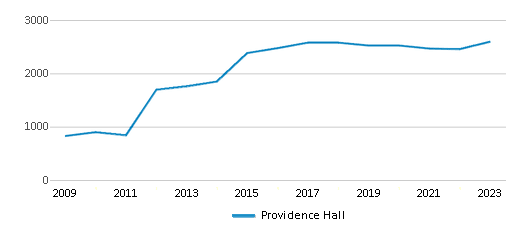
Gender %
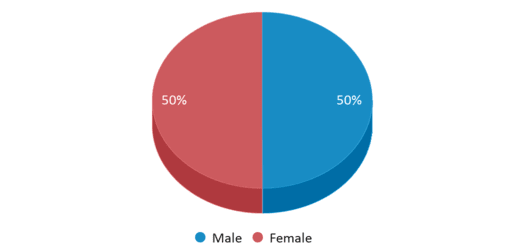
Total Classroom Teachers
122 teachers
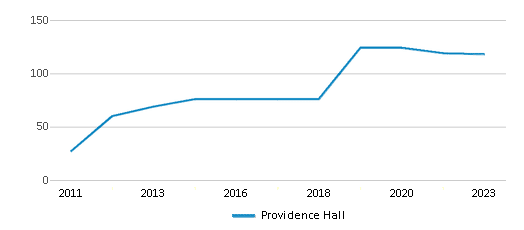
Students by Grade
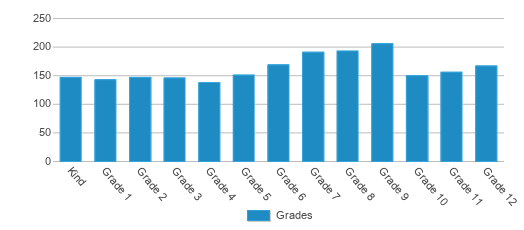
School Rankings
Providence Hall ranks within the bottom 50% of all 975 schools in Utah (based off of combined math and reading proficiency testing data).
The diversity score of Providence Hall is 0.52, which is more than the diversity score at state average of 0.46. The school's diversity has stayed relatively flat over five school years.
Overall Testing Rank
#721 out of 975 schools
(Bottom 50%)
(Bottom 50%)
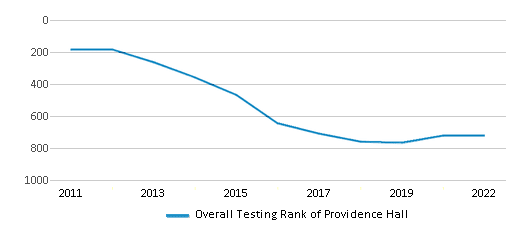
Math Test Scores (% Proficient)
(20-21)28%
39%
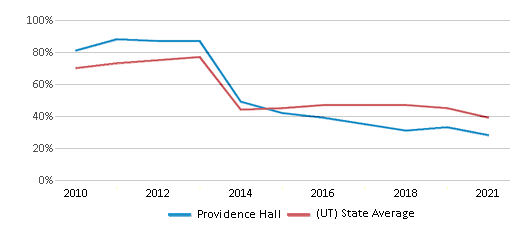
Reading/Language Arts Test Scores (% Proficient)
(20-21)33%
43%
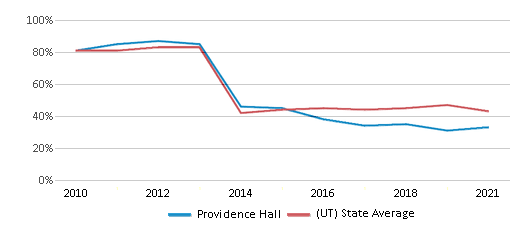
Science Test Scores (% Proficient)
(20-21)40%
45%
Student : Teacher Ratio
17:1
21:1
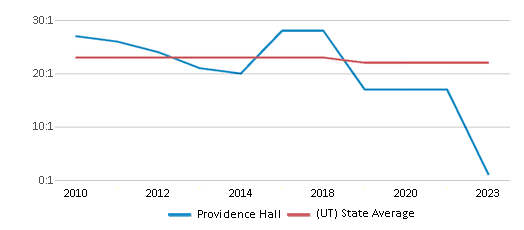
American Indian
n/a
1%
Asian
3%
2%
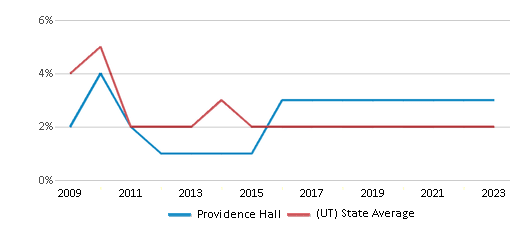
Hispanic
23%
20%
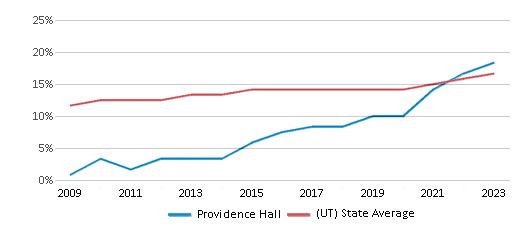
Black
1%
1%
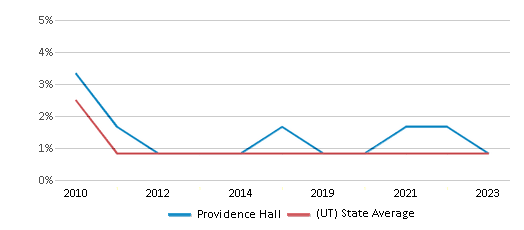
White
65%
71%
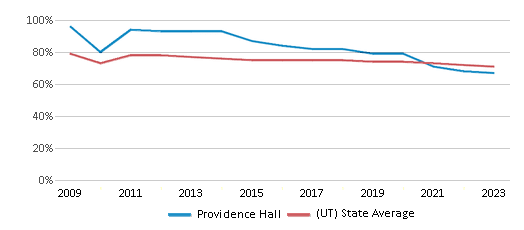
Hawaiian
1%
1%
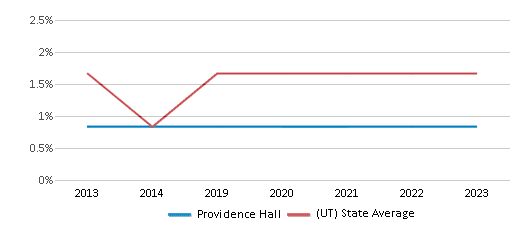
Two or more races
7%
4%
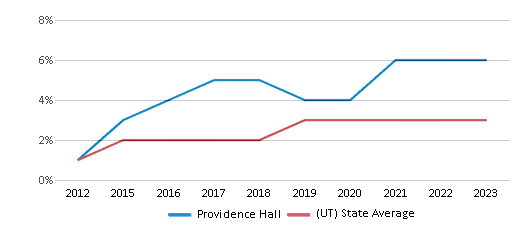
All Ethnic Groups
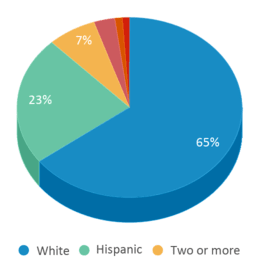
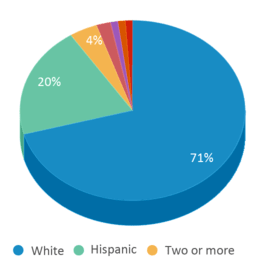
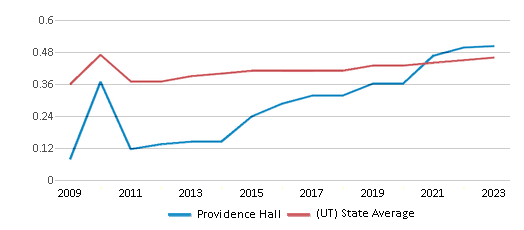
Graduation Rate
≥95%
88%
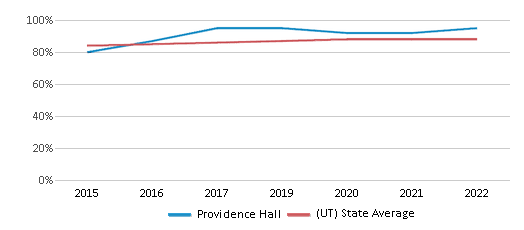
Eligible for Free Lunch
15%
24%
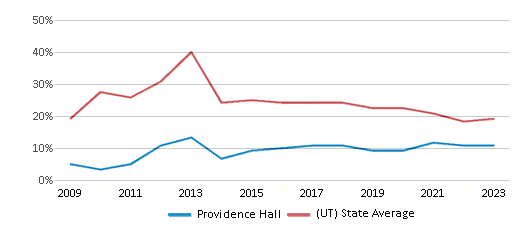
Eligible for Reduced Lunch
6%
6%
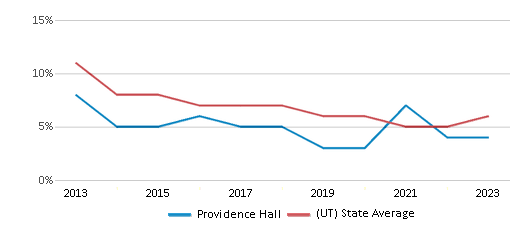
School Statewide Testing
School District Name
Sports
Total Sports Offered
4 sports
Sports
Basketball, Cross Country, Soccer, Volley Ball
Extracurriculars
Total ExtracurricularsTotal Extra-curric.
5 extracurriculars
ExtracurricularsExtra-curric.
dance, Drama, journalism and yearbook, service club and others, student body officers
Source: National Center for Education Statistics (NCES), UT Dept. of Education
School Notes
- What is IB? IB stands for International Baccalaureate. The IBO has provided an internationally recognized and respected philosophy or method of teaching and learning. This philosophy calls for a school and/or teacher to provide educational experiences to the students that will help to create internationally minded individuals who seek to create a better more peaceful world. An IB oriented school facilitates this atmosphere by fostering the following attributes in our students: inquirers, knowledgeable, thinkers, communicators, principled, open-minded, caring, risk-takers, balanced and reflective. IB high schools have been around for quite some time. High schools that follow the IB program are well respected and provide many advantages to students who attend and graduate from them. More recently, the IBO developed programs for elementary and middle schools. The elementary program is called the Primary Years Program (PYP). The middle level program is called the Middle Years Program (MYP). In its original charter, Providence Hall declared that it would seek to become a certified PYP school. Providence Hall has also declared its intent to seek MYP authorization for the middle school. To learn more about IB and what Providence Hall is doing, please visit the IB Bulletin Board on our web-site. To follow are student achievement data at our school over the past two years: 2009 Science Math Language Arts Providence Hall 74 73 83 State of Utah Avg. 73 70 80 2010 Science Math Language Arts Providence Hall 78 79 82 State of Utah Avg. 74 73 80
Profile last updated: 02/09/2025
Frequently Asked Questions
What is Providence Hall's ranking?
Providence Hall is ranked #721 out of 975 schools, which ranks it among the bottom 50% of public schools in Utah.
What schools are Providence Hall often compared to?
Providence Hallis often viewed alongside schools like North Star Academy by visitors of our site.
What percent of students have achieved state testing proficiency in math and reading?
28% of students have achieved math proficiency (compared to the 39% UT state average), while 33% of students have achieved reading proficiency (compared to the 43% UT state average).
What is the graduation rate of Providence Hall?
The graduation rate of Providence Hall is 95%, which is higher than the Utah state average of 88%.
How many students attend Providence Hall?
2,104 students attend Providence Hall.
What is the racial composition of the student body?
65% of Providence Hall students are White, 23% of students are Hispanic, 7% of students are Two or more races, 3% of students are Asian, 1% of students are Black, and 1% of students are Hawaiian.
What is the student:teacher ratio of Providence Hall?
Providence Hall has a student ration of 17:1, which is lower than the Utah state average of 21:1.
What grades does Providence Hall offer ?
Providence Hall offers enrollment in grades Kindergarten-12
What school district is Providence Hall part of?
Providence Hall is part of Providence Hall School District.
In what neighborhood is Providence Hall located?
Providence Hall is located in the Rosecrest neighborhood of Herriman, UT. There are 1 other public schools located in Rosecrest.
School Reviews
5 1/31/2022
This is a pretty darn great school. Great sports, learning experience, and yeah.
Review Providence Hall. Reviews should be a few sentences in length. Please include any comments on:
- Quality of academic programs, teachers, and facilities
- Availability of music, art, sports and other extracurricular activities
Recent Articles

What Is A Charter School?
Explore the world of charter schools in this comprehensive guide. Learn about their history, how they operate, and the pros and cons of this educational innovation. Discover key facts about charter schools, including admission policies, demographics, and funding, as well as what to look for when considering a charter school for your child.

10 Reasons Why High School Sports Benefit Students
Discover the 10 compelling reasons why high school sports are beneficial for students. This comprehensive article explores how athletics enhance academic performance, foster personal growth, and develop crucial life skills. From improved fitness and time management to leadership development and community representation, learn why participating in high school sports can be a game-changer for students' overall success and well-being.

February 05, 2025
Understanding the U.S. Department of Education: Structure, Impact, and EvolutionWe explore how the Department of Education shapes American education, from its cabinet-level leadership to its impact on millions of students, written for general audiences seeking clarity on this vital institution.









